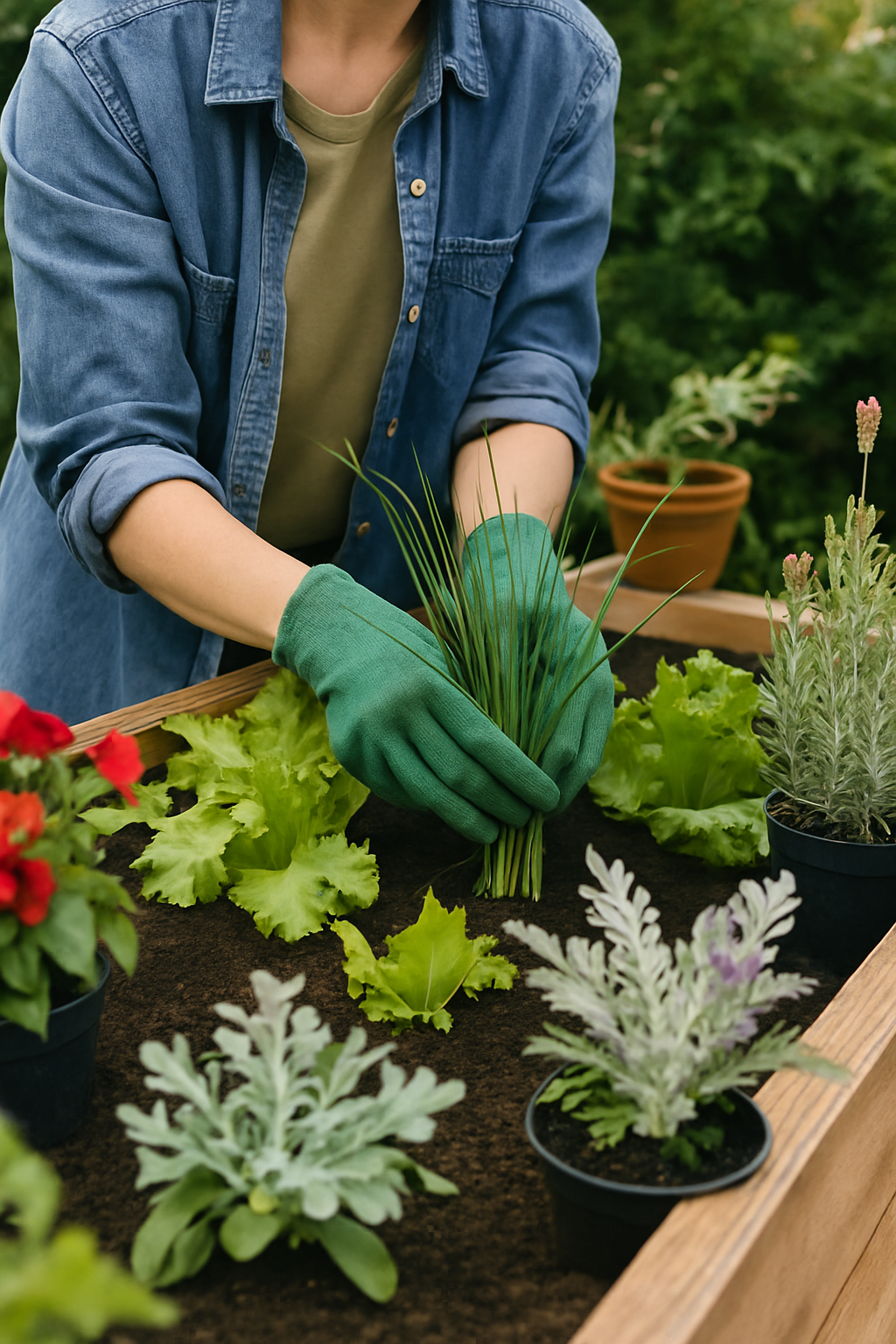In this concluding part of The Beauty and Charm of Different Garden Design Styles, we will cover Theme Based garden styles and Sustainable and Eco friendly gardens. While browsing garden design styles is fun and interesting, there is also some guidance needed before a designer settles on a choice. So, with that in mind, there are also some tips on the basics of implementing these gardens.
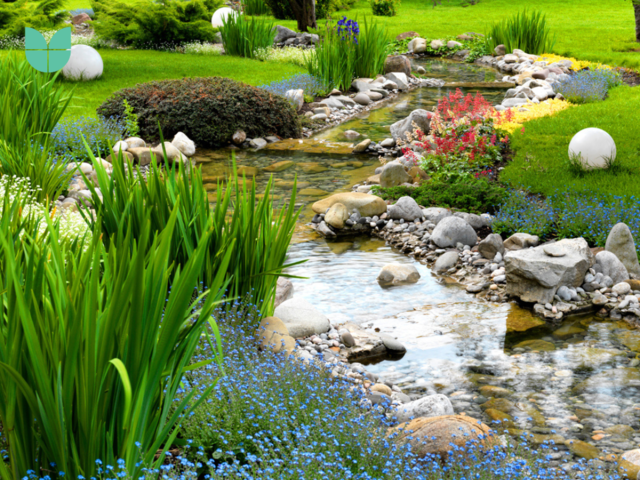
Theme-Based Garden Styles
Water Garden
A water garden is a popular choice for those seeking a tranquil, serene space to enjoy. To create a relaxing atmosphere, consider adding a pond, a water fountain, or a meandering stream. Water plants such as water lilies or lotus blooms will complement the theme and decorative features such as stepping stones, wooden bridges, or aquatic sculptures will create a more visually interesting space, as well as functionality.
Herb and Vegetable Garden
There is nothing more satisfying than pottering into your garden and snipping fresh herbs to add to a meal. A space dedicated to cultivating herbs and vegetables is not only practical, but it can also be beautiful. Raised beds or planting pots are a great option for smaller spaces and plant fragrant herbs, colourful veggies, and edible flowers in a variety of colours. For a functional yet visually appealing garden, incorporate decorative elements such as trellises, garden markers, and seating places.
Sculpture Garden
A garden can be more than an outdoor living space, it can also become a personally curated art gallery. Choose sculptures and/or installations that will enhance the scenery and serve as focal points around the garden. Materials such as stone, metal, or glass can be used to give aesthetic appeal and artistic flare.
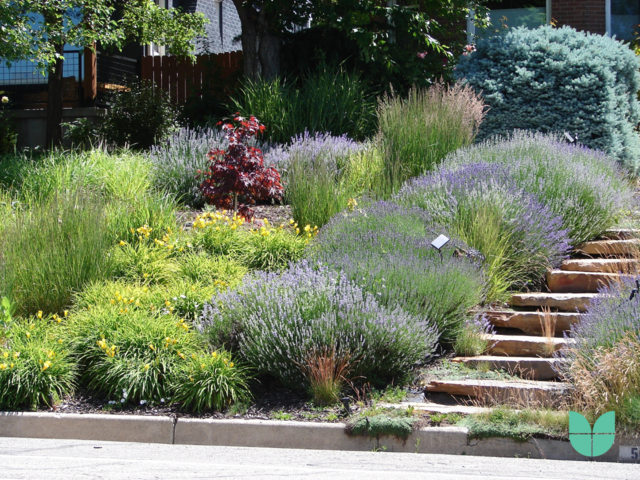
Sustainable and Eco-Friendly Garden Styles
Permaculture Garden
Permaculture gardens are designed to produce no waste by creating an ecosystem that works naturally together as a whole. This is a truly organic approach to sustainability and a great way to work in harmony with nature. If you are designing a multi-layered garden design, include perennials, fruit trees, and edible plants. Companion planting will help plants form mutually beneficial connections and composting, rainwater collection, and organic gardening activities can help you reduce your environmental impact.
Xeriscape Garden
Water conservation is prioritised in xeriscape gardens by employing drought-tolerant plants and efficient irrigation techniques. These are most suitable for more arid conditions and are best filled with native or adapted plant species that require little or no water. To further reduce water usage, incorporate hardscaping elements like gravel walks and rock gardens. Use mulch and soil amendments to increase water retention and plant health.
The Rain Garden
Rain gardens are intended to absorb and control runoff from rain, thereby minimising erosion and enhancing water quality. Select native plants with deep roots capable of absorbing excess water. Create basins or depressions in your garden to catch rainfall and enable it to permeate the soil gradually. Also, natural drainage paths using rocks or pebbles will encourage water infiltration.
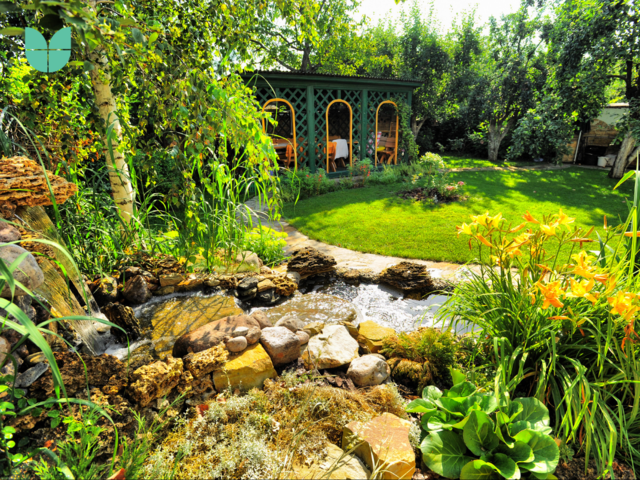
Garden Style Design Elements and Features
Once you’ve chosen the style that suits your outdoor space and your taste, you will need to know how to bring the style elements together. Here are a few valuable tips to get you started:
Plant Selection and Arrangement
When selecting and arranging plants in your garden, look first at their height, colour and texture. Can you fit certain plants in your garden and how will they compliment each other? Also keep in mind that different plants grow at different times of the year so use a variety of plants to keep your garden bountiful in all seasons. Balance contrasting components and put plants with similar needs together to create visual harmony.
Hardscaping Elements
Paths, patios, pergolas, or fences are functional hardscaping components that can both look beautiful and can serve to designate various zones. Choose materials that match the overall garden aesthetic while also taking functionality and longevity into account.
Colour Schemes and Textures
To create visual impact, experiment with different colour schemes and textures. More dynamic contrasts can be achieved by selecting complimentary or monochromatic colour schemes. A strong balance can also be achieved by adding the contrast of smooth or glossy textures with rough or spiky finishes.
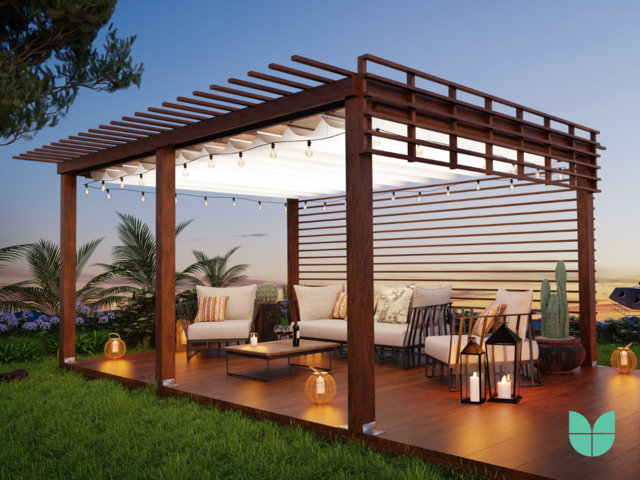
Making Your Own Garden Design
Finding Inspiration
Inspiration is all around. It is in nature, architecture, art, or personal experiences. Explore botanical gardens, garden periodicals, and online platforms for ideas that match your preferences.
Consider Climate and Site Conditions
When choosing plants and creating your garden, consider the climate, sunshine exposure, soil type, and other site-specific characteristics. Choose native plants or plants that easily grow in your area. This will also make long term maintenance much easier.
Personalisation
Incorporate your individuality and personal style into your garden design. Create areas that reflect your favourite activities or hobbies by including individual decorative elements, sentimental objects, or creating spaces that reflect your favourite activities or hobbies.
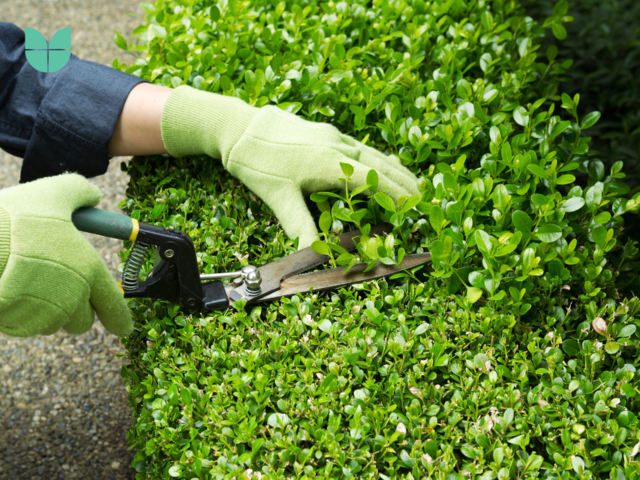
Garden Style Maintenance Tips
Pruning and trimming
Prune and trim plants on a regular basis to maintain shape, promote healthy development, and manage their size. To preserve the overall health of your garden, deadhead your flowers and remove any or diseased or dead plant components.
Soil Preparation and Fertilisation
To improve fertility and drainage, enhance your soil with organic matter such as compost or aged manure. To add vital nutrients to encourage plant growth, use natural fertilisers or organic nutrients.
Pest and Weed Control
Monitor and manage pests and weeds to keep your garden healthy and beautiful. To minimise undesirable plant competition, use organic pest management measures and weed often.
Exploring different garden types brings you a whole new world of options for building a stunning outdoor environment that represents your personal taste and lifestyle. There is a garden style for everyone, whether you enjoy the elegance of classic gardens, the sleekness of contemporary designs, or the fusion of eclectic themes. In order to transform your garden into a haven of beauty and peace, incorporate design elements, embrace sustainability, and infuse your own unique creativity.
Are you ready to revamp your outdoor space? Join our Garden Design Academy and learn how to create gorgeous garden designs.

